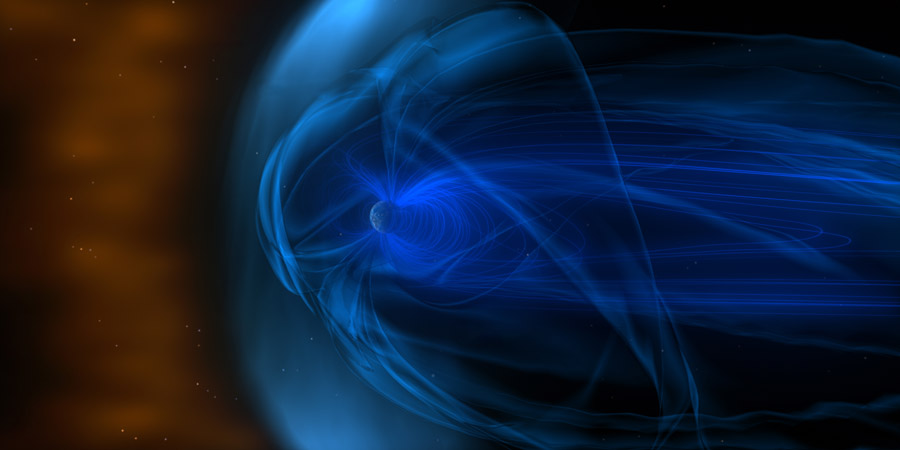Coronal mass ejection arrival
Sunday, 26 February 2023 19:43 UTC

A coronal mass ejection has arrived at our planet. This is likely the arrival of the coronal mass ejection that was launched during a filament eruption in combination with an M3 solar flare two days ago.
The coronal mass ejection arrived slightly earlier than expected which is good news. The solar wind speed has increased to over 500km/s with a total strength of the interplanetary field just under 20nT. The north-south direction of the IMF (Bz) has turned southward and is holding below -10nT at the moment. Minor G1 geomagnetic storm conditions are very much possible if these conditions hold.
This is the first of two coronal mass ejections that are expected to arrive. Tomorrow (27 February) we are expected to see the impact of the M6 coronal mass ejection which likely will be a stronger impact. The NOAA SWPC has issued a strong G3 geomagnetic storm watch for tomorrow, 27 February in response. Keep an eye on the data in the coming days right here on SpaceWeatherLive!
Thank you for reading this article! Did you have any trouble with the technical terms used in this article? Our help section is the place to be where you can find in-depth articles, a FAQ and a list with common abbreviations. Still puzzled? Just post on our forum where we will help you the best we can!
Latest news
Latest forum messages
Support SpaceWeatherLive.com!
A lot of people come to SpaceWeatherLive to follow the Sun's activity or if there is aurora to be seen, but with more traffic comes higher server costs. Consider a donation if you enjoy SpaceWeatherLive so we can keep the website online!

Latest alerts
01:45 UTC - Geomagnetic activity
Minor G1 geomagnetic storm (Kp5) Threshold Reached: 01:30 UTC
Tuesday, 15 April 2025
22:30 UTC - Geomagnetic activity
Moderate G2 geomagnetic storm (Kp6) Threshold Reached: 22:23 UTC
22:15 UTC - Geomagnetic activity
Minor G1 geomagnetic storm (Kp5) Threshold Reached: 22:00 UTC
20:00 UTC - Geomagnetic activity
Moderate G2 geomagnetic storm (Kp6) Threshold Reached: 19:44 UTC
19:15 UTC - Geomagnetic activity
Minor G1 geomagnetic storm (Kp5) Threshold Reached: 18:59 UTC
Space weather facts
| Last X-flare | 2025/03/28 | X1.1 |
| Last M-flare | 2025/04/15 | M1.2 |
| Last geomagnetic storm | 2025/04/15 | Kp6+ (G2) |
| Spotless days | |
|---|---|
| Last spotless day | 2022/06/08 |
| Monthly mean Sunspot Number | |
|---|---|
| March 2025 | 134.2 -20.4 |
| April 2025 | 124.1 -10.1 |
| Last 30 days | 124.7 -16.6 |







